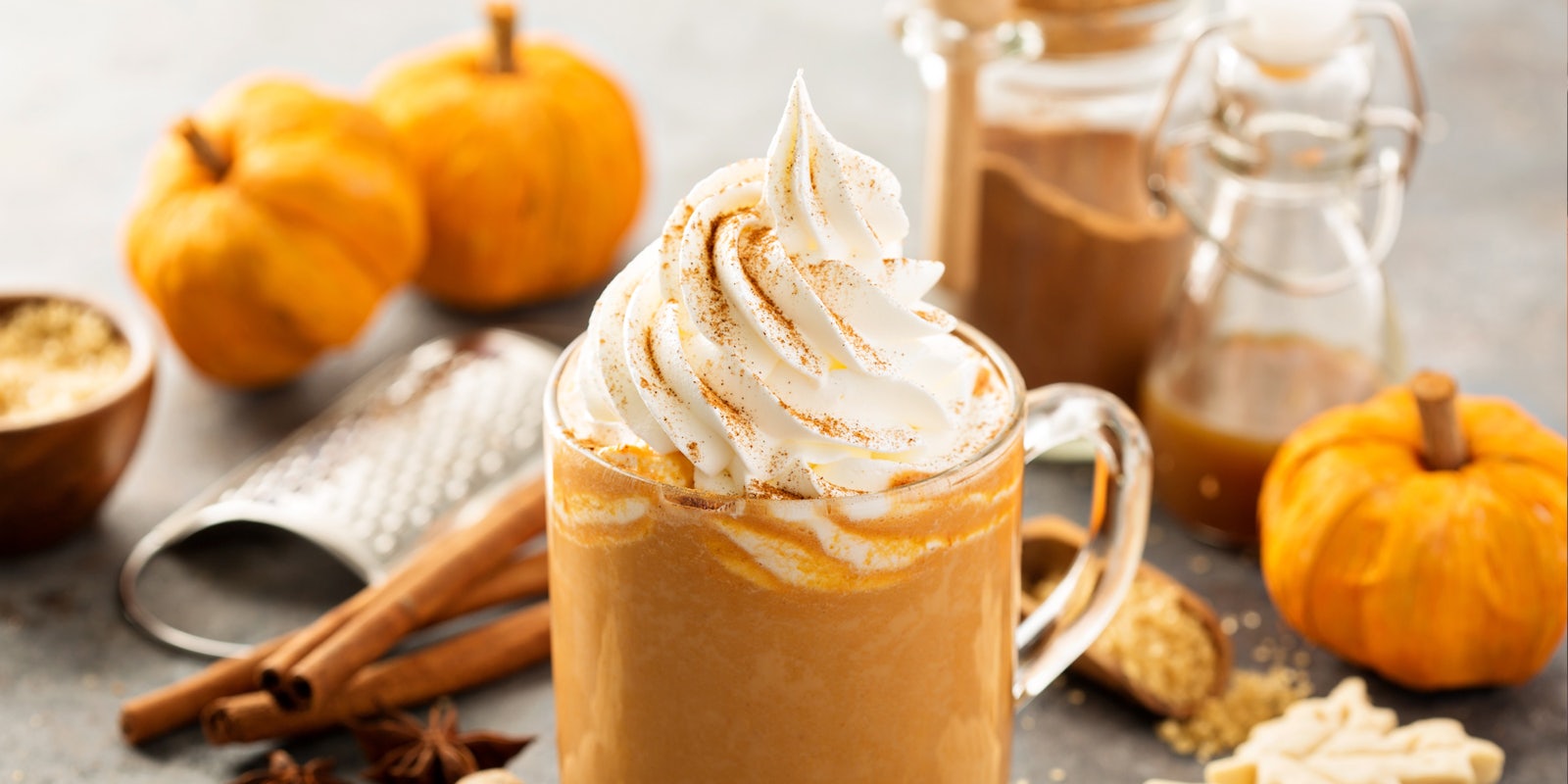Analysis
As we’ve drawn back into the fall season, all-pumpkin everything is back in vogue, with unexpected sociological and historical notions arising over the years. But, is pumpkin spice racist? Is that even a valid question?
In 2015, when Lisa Powell and Elizabeth Engelhardt unveiled their research paper “The Perilous Whiteness of Pumpkins,” it drew praise and ridicule. Many conservative scholars, notably Margaret Wente and Daniel Lattier, criticized the notion that an affection for pumpkin spice could be an emblem of white privilege. However, Katherine Timpf provided a more balanced review in the controversial National Review. But all these responses hinted at the reluctance of many to understand the constructs the paper presented, according to Level.
Unpacking the unusual symbolism of pumpkins in America
At the heart of the controversy is the assertion that pumpkins and the associated spice culture in America have undertones of racial bias. Unlike other countries where pumpkins are consumed all year round, in the U.S., pumpkins see a spike in popularity mainly during fall. Unfortunately, for Black people in the American South, the pumpkin has historically been seen as derisive. In fact, American studies professor Cindy Ott noted his history as partly the reason for the preference for sweet potato pie over pumpkin.
Moreover, pumpkins are emblematic of the mostly white American pranking culture, given essentially any mischief by Black teenagers would be widely regarded as criminal. Such a disparity speaks volumes about normalized racial perceptions in American society. Ott highlighted that while mischiefs by white kids are often seen as harmless antics, similar actions by Black individuals are perceived as challenges to a biased political system.
Starbucks‘ Pumpkin Spice Lattes (PSL), introduced in 2003, became an integral part of the discussion. White women, in their quest to counter the “basic” stereotype associated with their love for PSLs, UGG boots, and yoga pants, inadvertently spotlighted their privilege. The mere ability to regularly splurge on a luxury item, like a PSL, underlined this privilege, often unavailable to Black women and women of color. While the “basic” stereotype was indeed demeaning, the response failed to recognize the broader privilege it hinted at.
The rise of pumpkin spice in pop culture
Starbucks’ Pumpkin Spice Latte has withstood the test of time and trends. Introduced in 2003, its journey over two decades has witnessed it being celebrated, ridiculed, and even associated with race and politics. This beverage, a mixture of steamed milk, espresso, and fall spices crowned with whipped cream, has even influenced other industries, with pumpkin spice appearing in products ranging from potato chips to cat litter.
Several moments in pop culture highlight the PSL’s dominance. A 2013 Saturday Night Live spoof aptly lampooned society’s obsession with the flavor. 2019 saw the Pumpkin Spice trend reach its pinnacle with products like Pumpkin Spice Spam. And yet, despite predictions of its decline, the movement survived.
Roots of the phenomenon
While some may argue that pumpkin spice is a mere trend, its ties to American culture and history suggest a deeper connection. The spice blend fits seamlessly with ingredients native to the U.S., such as corn and tomatoes, making its integration into American cuisine smooth. However, the significance of pumpkin spice extends beyond culinary preferences. It invokes nostalgia, drawing connections with fall, femininity, and, controversially, whiteness.
NPR’s Brittany Luse and Suzy Badaracco discussed this association last month. Starbucks, frequented majorly by affluent white individuals, inadvertently contributed to the racial characterization of the PSL. Additionally, pumpkin pie, a staple for hundreds of years in American holidays, has historical associations with white settlers, further embedding the spice blend in a racial context. Badaracco also highlighted the gendered aspect, noting that traditionally, women, specifically the mother or grandmother, were preparing pumpkin pies, intertwining the spice with femininity.
While the title “The Perilous Whiteness of Pumpkins” may seem exaggerated, a deeper dive reveals that it addresses profound societal undercurrents. It underscores the fact that racism isn’t just overt acts of discrimination but is often subtly woven into the fabric of society, even in seemingly banal, innocuous trends like that of pumpkin spice.


